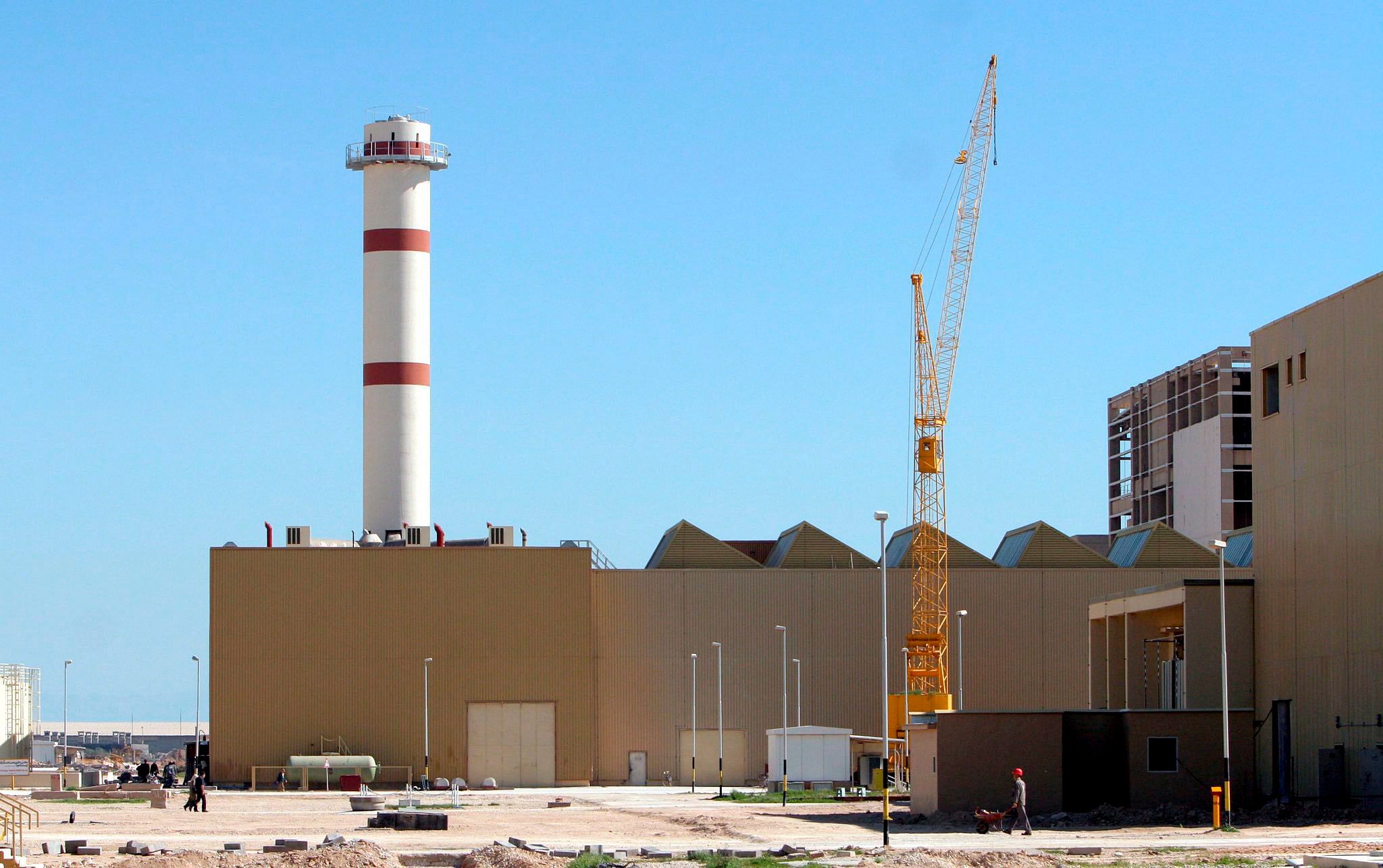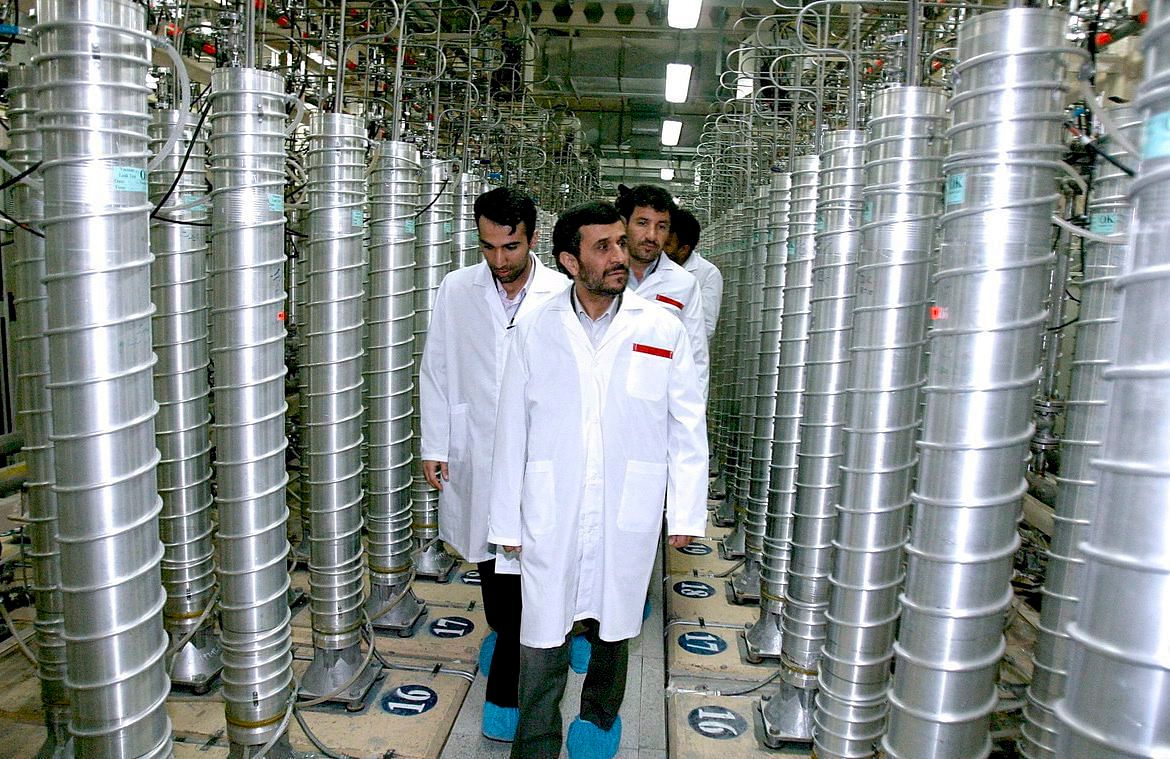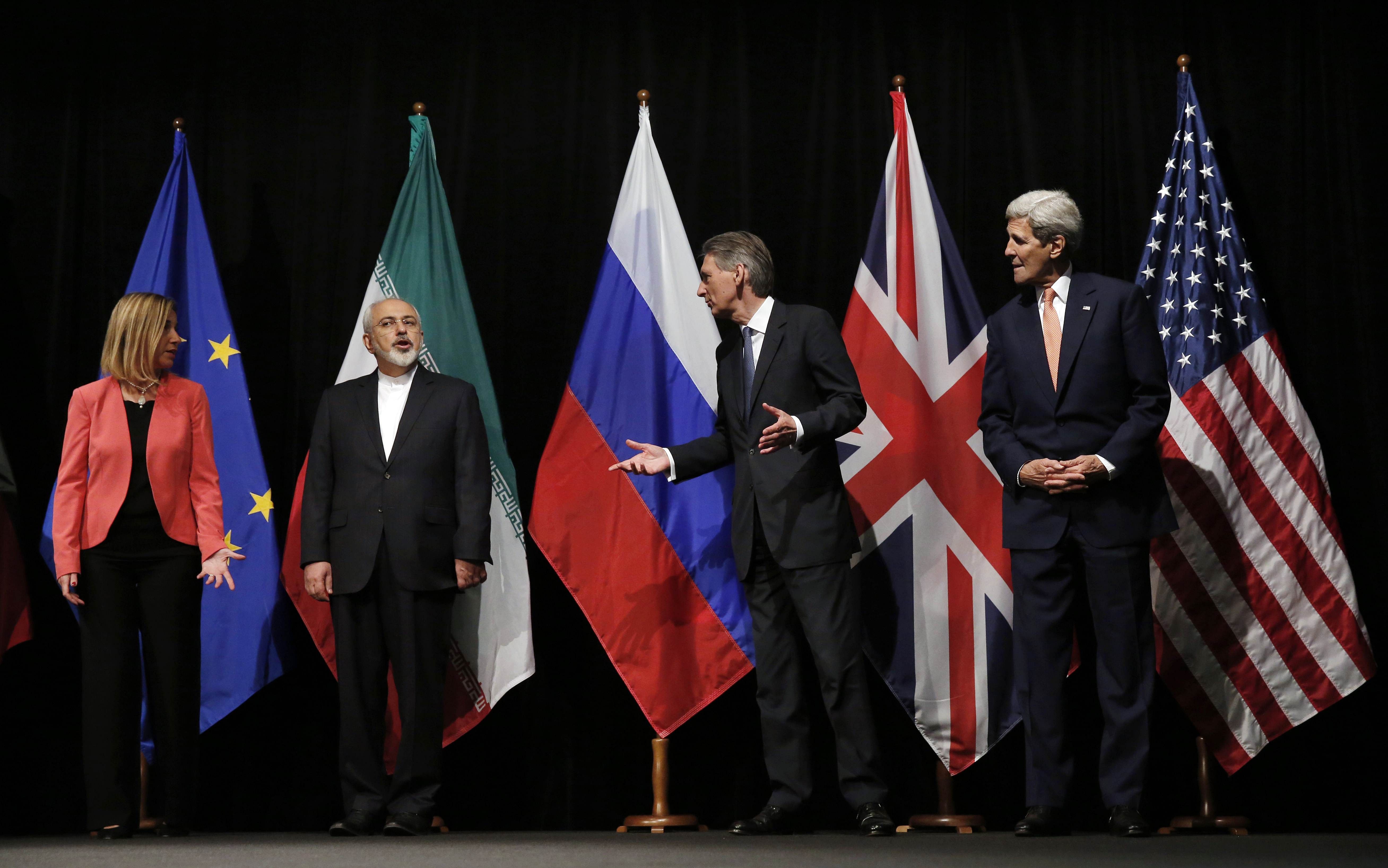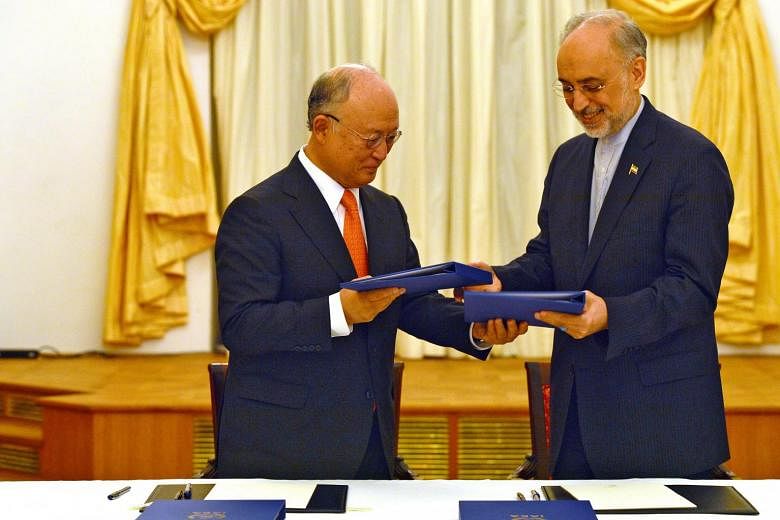This article was first published on The Straits Times' website on July 14, 2015, and updated on Jan 17, 2016
Having verified that Iran had honoured its side of the historic nuclear deal agreed on July 14 last year, the United States and the European Union fulfilled their end of the bargain on Saturday (Jan 16) by lifting a raft of sanctions imposed on Teheran .
The US formally lifted banking, steel, shipping and other sanctions on Iran, a major oil producer which has been virtually shut out of international markets for the past five years. The EU also began the process of lifting sanctions and Iran's transport minister said Teheran plans to buy 114 civil aircraft from European aircraft maker Airbus.
Iranian President Hassan Rouhani hailed the deal as a "golden page" in the country's history.
Here are the major points of the deal, which was reached by Iran and six world powers -- the United States, Britain, China, France, Germany, and Russia -- after 20 months of talks.
1. Limits on nuclear activity

It puts strict limits on the amount of nuclear fuel that Iran can keep in its stockpile for the next 15 years. Iran will reduce its current stockpile of low-enriched uranium - which can be processed into bomb-grade fuel - by about 98 per cent to 300kg either by diluting it or shipping it out of the country.
2. Reduced number of centrifuges

Iran will reduce by two-thirds the number of centrifuges operating to enrich uranium at its primary processing centre in Natanz. Remaining centrifuges get moved to a continuously monitored storage site.
Taken together, the limits on fuel and centrifuges would extend, to one year, the amount of time necessary for Iran to produce enough weapons-grade material for a single bomb if it should abandon the accord.
3. Arms embargo
The international arms embargo against Iran will remain for five years, but deliveries would be possible with special permission from the United Nations Security Council. The UN embargo on ballistic missiles will hold for eight years.
Those bans would be removed even sooner if the International Atomic Energy Agency (IAEA) is able to reach a definitive conclusion that the Iranian nuclear programme is entirely peaceful.
4. Access to military sites
Teheran will also accept allowing the UN atomic watchdog tightly controlled "managed access" to military bases. This would enable investigators to probe any suspicious nuclear activity - a key demand from the major powers.
5. Lifting of sanctions
International sanctions against Iran will be lifted, allowing it to start selling oil again on international markets and using the global financial system for trade.
6. Sanctions could "snap back"

Should Iran be judged by an international panel not to be living up to the accord, the sanctions could "snap back" under an unusual mechanism.
The panel would consist of the European Union, the United States, Britain, China, France, Germany, Russia and Iran itself, with a majority vote of the eight members sufficient to restore the sanctions.
7. New restrictions
New restrictions will prevent Iran, for a set period of time, from experimenting with designing warheads and conducting experiments on "multipoint detonations" and other nuclear weapons-related triggers and technologies.
SOURCE: NEW YORK TIMES, AGENCE FRANCE-PRESSE

